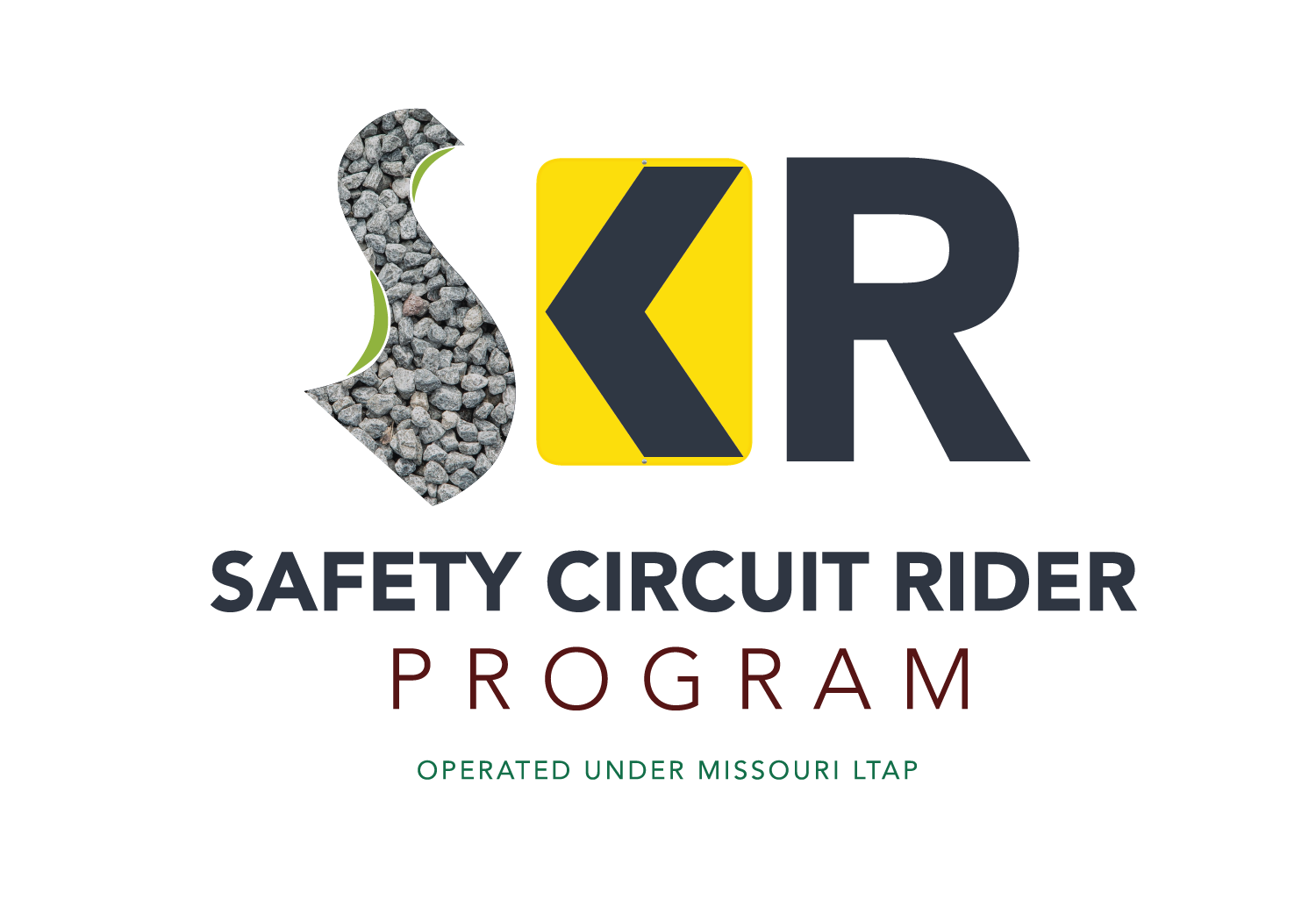Safety Circuit Rider
The Safety Circuit Rider Program was started by FHWA in 2005 through a competitive pilot program. The original SCRs started with LTAP centers in Florida, Kentucky, and West Virginia and the Northern Plains TTAP Center. Three additional SCRs were added to LTAPs in 2006 and the program now continues through individual state development.
Missouri's Safety Circuit Rider Program started in partnership with MoDOT and FHWA in 2020. The free service is available to local road and bridge agencies as well as public works and street departments with limited or no in-house transportation safety engineering resources. The part-time position was originally funded by a FHWA State Transportation Innovation Council (STIC) grant with matching Center Sponsored Research Incentive (SRI) funds. The position is currently funded through the Highway Safety Improvement Program (HSIP) identified in Statewide Transportation Improvement Program (STIP) Section 6-Special Program a nd matching SRI funds.
Local Services
The primary goal of the Safety Circuit Rider (SCR) Program is to reduce roadway fatalities and serious injury crashes and increase roadway safety. Missouri’s Safety Circuit Rider program does this through safety-related webinars, one-on-one technical assistance and safety-focused training. These can be held anywhere that best suits the local agency - meeting rooms, shops, or garages. Services are available to all local agencies with the primary focus on Local Road and Bridge Agencies that have little or no in-house transportation safety engineering resources.
The Safety Circuit Rider also focuses on informing cities and counties about the funding opportunities available to them for local road projects under the Bipartisan Infrastructure Law, collecting data, preparing grant proposals, coordinating efforts to improve safety, managing design contracts, developing Local Road Safety Plans and reference sheets that local agencies can use when assessing safety measures to implement in their system.
Services Available
- Provide information related to local road safety
- Suggest appropriate data-driven countermeasures
- Promote innovations at the local level
- Promote technologies and provide technical assistance focusing on signing and pavement markings
- Assist/Educate LPAs with gathering Model Inventory of Roadway Elements (MIRE) data for MoDOT by 2026 as mandated by FHWA
- Provide guidance to apply for additional funding sources including those associated with BIL, TEAP, TAP, AID, Demo, STIC Incentives, BEAP, HSIP, etc
Assist qualifying LPAs to:
- Acquire local crash data
- Perform informal safety reviews
- Identify local safety concerns
- Develop plans to implement low-cost countermeasures
Examples of Safety Issues
- Horizontal curve accidents
- Nighttime visibility
- Clear zones.
Examples of Low-Cost Counter Safety Measures
- Add chevrons, sign replacements
- Ensure proper sign retroreflectivity
- Fill edge ruts
- Plumb signs
- Add retroreflective surface to post
- Add delineators
- Install breakaway signposts
- Remove trees from clear zone
- Move utility poles
- Update or add guardrail end treatments
- Add lighted beacons
To schedule safety training or discuss any safety issues, contact Lauren at Lauren@GehnerDandS.com
